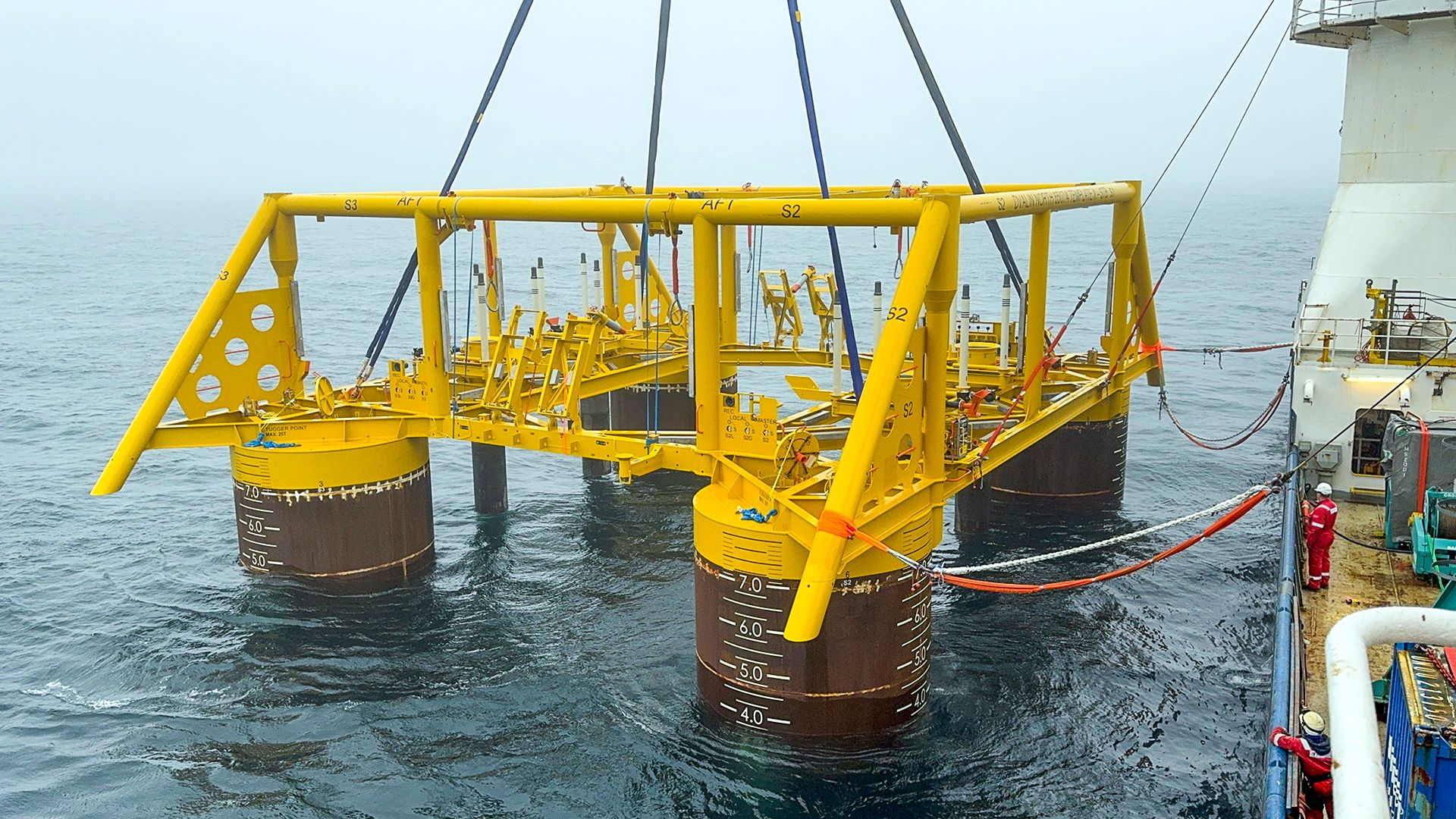Achieving European carbon neutrality with gas


Energy is the most important driving force in humanity’s economic and social development. It is part of everyday life, whether in industry or private households. For sustainable, climate-friendly development in the 21st century, it is crucial to minimise the energy sector’s carbon footprint. It is therefore a necessary step towards global carbon neutrality that the EU has set itself the ambitious goal of becoming the first climate-neutral continent by 2050.
“The road to decarbonising the economy needs a good and balanced mix of energy sources and technologies that can be deployed quickly and are socially responsible. That specifically means clean electricity and clean gases, and, in general, a technology-neutral approach. Gas can and must be a key component of the energy transition – today in the form of natural gas and in the future decarbonised in the form of hydrogen,” says Thilo Wieland, the member of the Wintershall Dea Board responsible for Russia, Latin America and Transportation. “With gas, emissions can now be reduced quickly and cost-effectively by replacing coal with gas in power generation. A gas-fired power plant emits up to 65% less emissions than a coal-fired power plant. And gas reduces the financial burden on industry and households.”
Results of the study
What challenges the energy transition involves and what contribution natural gas can make to solving them – these are the topics that the new study by the Danish consultancy firm INCENTIVE, “The Road to EU Carbon Neutrality”, concerns itself with. The study was carried out on behalf of Wintershall Dea and presented on 29 June 2021 at an energy industry event at the German-Danish Chamber of Commerce in Copenhagen. Taking into account the latest analyses by the International Energy Agency (IEA) and the Aurora Energy Research think tank, for instance, the INCENTIVE analysis highlights three main findings:
(1) In many sectors, the switch to electricity and hydrogen will constitute the long-term carbon-neutral solution. Until these technologies are sufficiently developed, using natural gas offers a quick solution to preventing emissions, since switching from coal to gas-fired power generation could reduce CO2 emissions in the short run, paving the way to a climate-neutral future and speeding it up.
(2) Phasing out coal-based power generation has already been decided upon in many EU countries. However, this process is advancing more slowly than would be necessary to achieve the CO2 emissions reduction target. Tightening up emissions trading and having a higher CO2 price as a result may provide crucial incentives to support a faster coal phase-out. It would make using gas-fired power plants significantly more attractive and not prolong the use of coal-fired power plants unnecessarily. That could save up to 147 million tonnes of CO2 in Europe.
(3) Industry accounts for a third of the total energy consumption in the EU. Renewable energies such as wind and solar power cannot ensure decarbonisation on their own. Periods with coldness, darkness and little wind show that a secure supply can only be achieved with the support of flexible energy generation that is not dependent on the weather. That is possible, especially with gas-fired power plants that will use a growing share of hydrogen in the longer term. For that to work, incentives are needed to build more gas-fired power plants – and at the same time, through technology-neutral funding, the establishment of a liquid European single market for hydrogen, in which both renewable and climate-friendly hydrogen from natural gas have their place.
The complete INCENTIVE analysis and more information on the results are available for download.
Press Contact


Friedrich-Ebert-Straße 160
34119 Kassel
Germany

